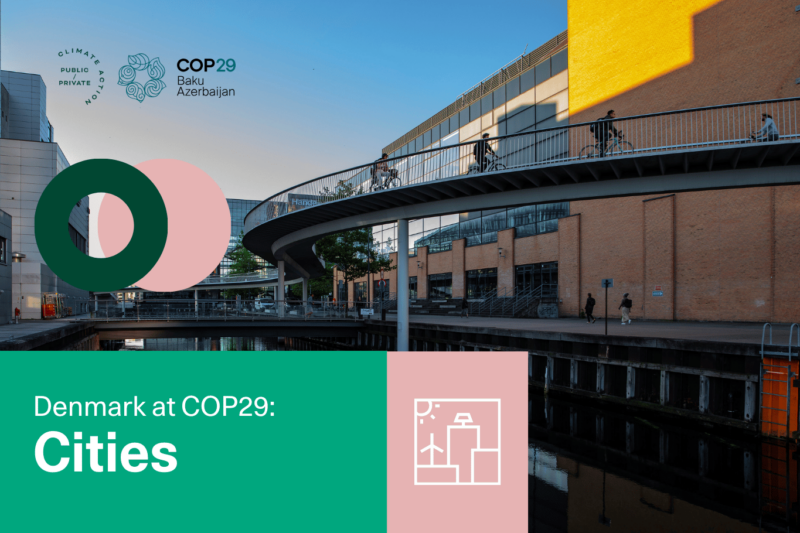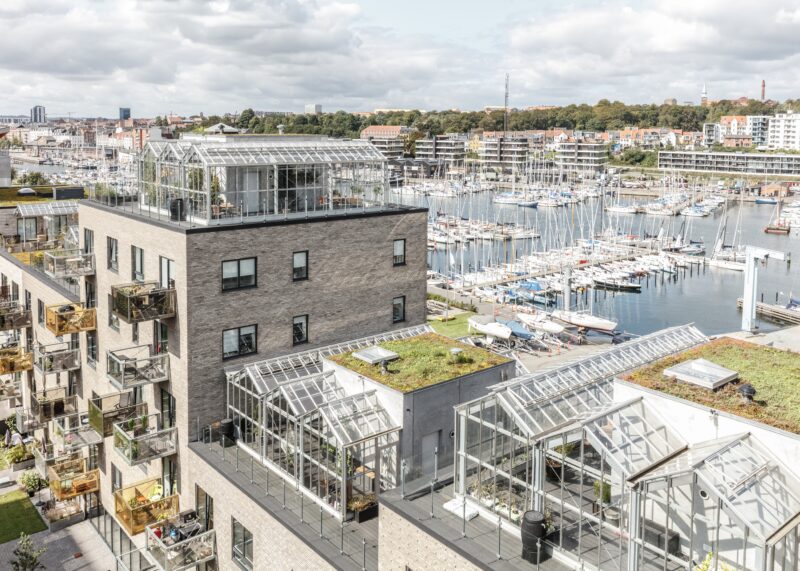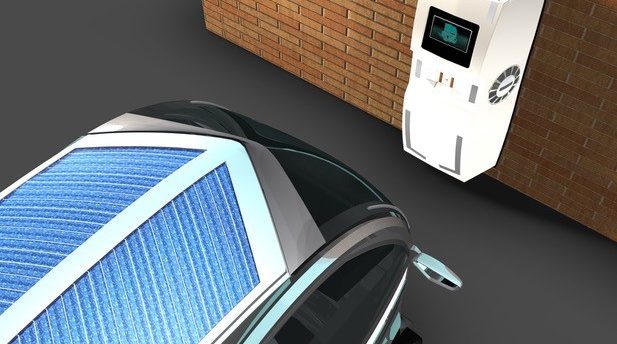News
Living labs
Export of Danish Energy Technologies Increases


After several years of decrease, Denmark's export of energy technologies is growing. According to brand new figures from the DEA, the export increased by 18 percent to DKK 63,4 billion in 2011, equivalent to 10,5 percent of the total Danish export of goods.
Denmark's lead position in the EU
Compared to the rest of the European countries, Denmark has the biggest share of energy technology exports. After three years of slow energy technology export, the export is now gaining what’s been lost. But even in slow times, Denmark has had a lead position in the EU. Since 2000 the Danish energy technology export has increased by 140 percent. In comparison, the EU15-countries have enlarged their share with roughly 80 percent.
Minister Lidegaard embraces the positive development
Providing good news for employment as well as the balance of payments, Minister of Climate, Energy and Building, Mr. Martin Lidegaard, says the positive development of the Danish energy technology export is very encouraging. The historic energy agreement, made by the government and a number of supporting parties in March 2012, secured the framework for Danish energy policies until 2020. The agreement ensured a stronger focus on energy efficiency as well as sustainable energy sources.
View the Ministry of Climate, Energy and Building's profile on stateofgreen.com.
Buyers of Danish energy technology
Of the total Danish export of energy technologies in 2011, the EU27 received 57,6 percent of the technologies, which is an increase of 17 percent from 2010. Since 2000 the export has enlarged by 96 percent. This makes the EU the biggest buyer of Danish energy solutions. Due to a large amount of wind mill components sold in the UK, the UK has taken over Germany’s role as the biggest single marked for Danish energy technology.
On the BRIC markets the Danish export of energy technologies has increased by as much as 27 percent from 2010 to 2011. The growing markets of the BRIC now consist os 8, 5 percent of the entire Danish export of energy technologies.
“The Danish example serves as a useful push for a more ambitious energi policy in the EU as well as the rest of the world. It shows that the green conversion creates economic possibilities. Danish companies can deliver the conversion the world is asking for. But to maintain the increase in exports, the politicians will have to create the framework for making Denmark a window of the world’s best energy solutions, says director of Danish Energy Industries Federation, Hans Peter Slente.
View the Danish Energy Industries Federation's profile on stateofgreen.com.
Source: Energistyrelsen















